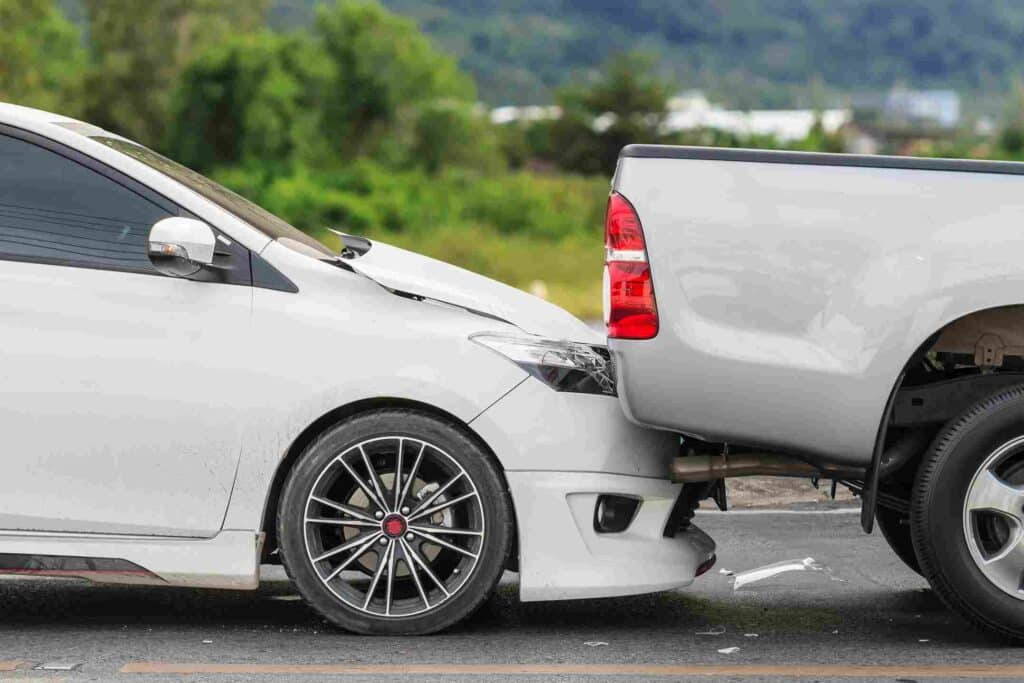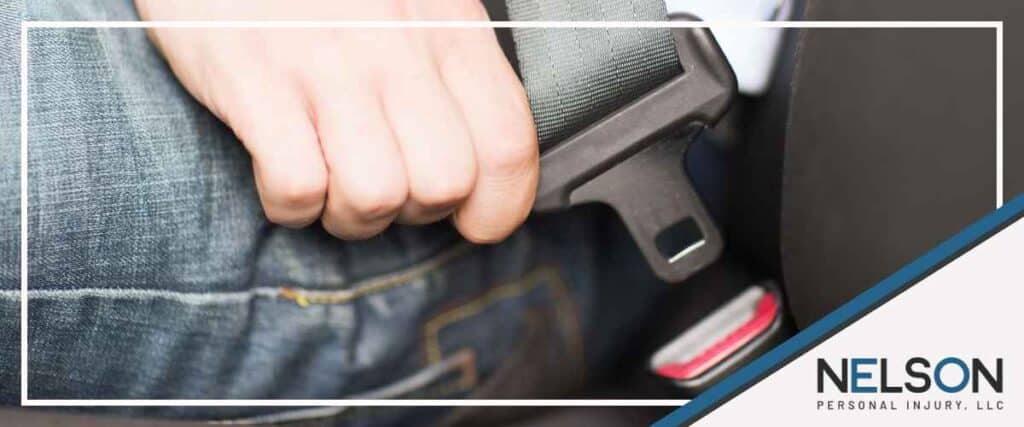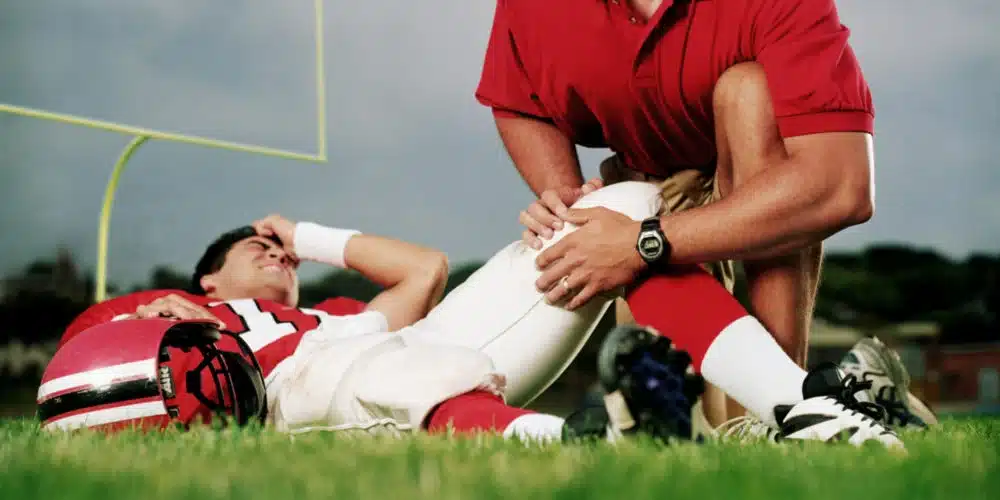When a vehicle “brake checks,” it puts everyone on Minnesota roads in danger. This can lead to serious accidents, injuries, and property damage.
Unfortunately, accidents involving brake checking can be complex. Knowing what to do if you are involved in this type of accident is helpful.
The short answer to this question is, “It depends.” Whether or not you can recover compensation after a brake checking accident will depend on the specific facts of a case and what you can prove with regard to the other driver’s actions. Most importantly, to have a valid claim after a brake checking accident, you must be able to prove that the other driver was negligent in the operation of their vehicle.
At Nelson Personal Injury, LLC, we understand the impact of accidents on your life. Our experienced Minnesota car accident lawyers are here to help you navigate the legal process and help you recover the compensation you deserve.
What Are “Brake Checking” Accidents?
Brake checking occurs when a driver deliberately hits or slams on their brakes in front of another vehicle, often without any legitimate reason. This maneuver is usually intended to startle the driver following them, potentially causing the trailing vehicle to collide with the brake-checking vehicle’s rear or take evasive action. Such actions may lead to accidents, raising complex issues for a Minnesota car accident lawyer to unravel.
This dangerous behavior is often seen in various scenarios, including road rage, attempts to deter tailgating, or misguided efforts to signal displeasure with another driver’s actions. A personal injury lawyer in Minnesota frequently encounters cases where brake checking has led to rear-end collisions, multi-car pileups, or even more severe accidents due to sudden and unnecessary stops on busy roads.
Minnesota Traffic Laws and Brake Checking
Minnesota’s legal framework addresses driving behaviors that compromise road safety, including brake checking. As per state statutes, this deliberate and sudden stopping can fall under reckless or careless driving.
Proving Fault in Brake Checking Cases
Establishing liability in brake-checking incidents hinges on a detailed examination of the event, guided by Minnesota’s traffic laws and principles of fault. Evidence plays a pivotal role here—dash cam recordings, eyewitness accounts, and the involved parties’ driving behavior leading up to the accident are crucial in proving that the braking driver caused the accident.
The challenge in these types of cases is that the default assumption by insurance companies, defense lawyers, and often juries, is always that the party who hits someone from behind is always at fault. However, this is not always the case.
Comparative Negligence in Minnesota
In Minnesota’s traffic accidents, the concept of comparative negligence frequently surfaces, especially in cases of brake checking. This legal principle entails carefully assessing both parties’ actions to determine their respective shares of fault. Minnesota’s comparative fault system provides that if another party was at least 50% or more at fault for causing the accident, you can recover the corresponding percentage of your damages from them. For example, if another party is 50% at fault for the accident, you would be able to recover 50% of your damages. However, if your fault exceeds the other party’s fault, then you are unable to recover any damages.
Expert guidance from a personal injury lawyer in Minnesota becomes helpful in navigating these complexities, ensuring that victims understand how comparative negligence might influence the outcome of their case.
Seeking Compensation After a Brake Checking Incident
Victims of brake checking accidents in Minnesota may wonder about whether they are entitled to recover compensation for injuries resulting from the accident. Generally, you can seek compensation if you demonstrate that the other party’s negligent actions directly led to the accident and your injuries. This could include situations where a driver has no valid reason for their actions.
A skilled Minnesota car accident lawyer can assist in navigating these claims, helping victims understand the legal landscape and their rights within it.
Proving Negligence or Misconduct
Establishing the other driver’s fault is necessary for a successful compensation claim following a brake-checking incident. This involves proving that their reckless or negligent actions were the primary cause of the accident.
Evidence such as video footage, witness testimonies, and detailed accident reports play a crucial role in proving fault. Proving negligent conduct is crucial, as it directly influences the ability to secure compensation for damages suffered. Again, with the default assumption that a party who rear ends someone else is always at fault, it is a difficult hurdle to overcome, but it is not impossible. Video footage and witness testimony is important to establish that the brake checking driver had no valid reason for their actions.
Navigating the Challenges of Proving Fault
One of the primary obstacles in brake-checking cases is the inherent challenge of proving that the act occurred. Unlike more straightforward accidents, the intentional nature of brake checking—often lacking physical evidence like skid marks—can make it difficult to demonstrate fault conclusively.
Your attorney can gather evidence to help prove what happened. They can also enlist the help of experts who can further strengthen your case.
The Role of Insurance Companies in Brake Checking Claims
Insurance companies approach brake-checking claims by evaluating the details to determine fault and liability. This assessment often hinges on the clarity and reliability of the evidence presented. Insurers may look for inconsistencies in accounts of the incident, and whether there are any witnesses or video footage of the event.
Navigating Insurance Negotiations
The negotiation process with insurance companies can be complex, particularly in cases where liability is disputed. A Minnesota car accident lawyer plays a pivotal role in these negotiations, advocating for the victim’s rightful compensation and navigating through the insurer’s tactics to minimize payouts.
Steps to Take After a Brake-Checking Incident
Taking the right steps after a brake-checking incident is essential, as this can greatly impact the outcome of your claim. The steps to take include the following:
Documenting the Incident and Gathering Evidence
Immediate steps include documenting the scene, if safe to do so, collecting witness contact information, and obtaining a copy of the police report. These actions are critical in building a strong foundation for your claim.
The Importance of Legal Guidance
Consulting with a personal injury lawyer in Minnesota early in the process is crucial. Legal professionals offer strategic advice on evidence collection and can guide victims through the complexities of the claims process, significantly impacting the outcome.
Understanding your rights and the intricacies of pursuing compensation after a brake-checking incident is essential. Nelson Personal Injury, LLC stands ready to provide the guidance and support victims need to navigate these challenging situations and ensure they are justly compensated for their losses and hardships.




